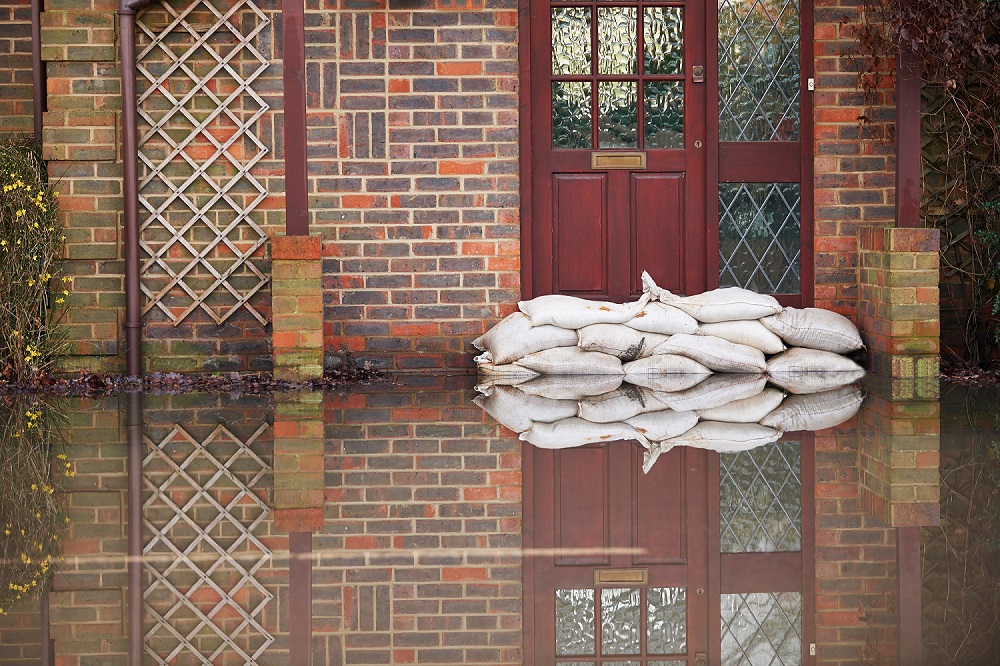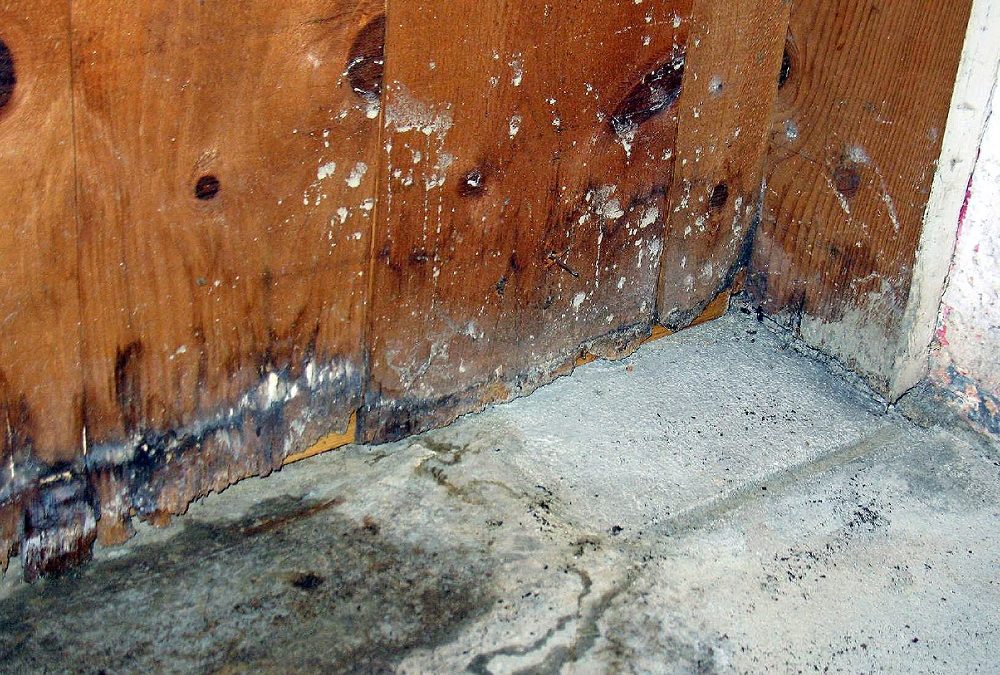When you experience water damage, whether it’s caused by a leaky roof, a plumbing mishap, or a natural disaster that involves flooding, it’s important that you get your property restored as quickly as possible. Water damage can lead to long term problems with the structural components of your building, and it can allow for the growth of dangerous mold that can impact your health. Fast water damage restoration can mitigate your losses and protect your property from further impact from water-related incidents.
When it comes to water damage restoration, it’s important to know the factors that can influence the cost of your property remediation. It involves significant effort, equipment, and expertise. It can also vary widely in scale and severity, all of which directly correlate to the investment you’ll make to get your property back in its pre-flood state. Keep reading to learn more about the common factors that affect the cost.
Size of the Affected Area
Obviously, damage to a single room caused by a leaky pipe may involve significantly less cost than an entire home that was flooded by a natural disaster. The commitment of time, resources, and supplies involved in cleaning up water damage across an entire property is much greater. Therefore, the costs are directly proportional to the scope of the water damage and the size of the clean-up area. Though there may be cases in which a smaller clean-up is more costly than a larger one, the general rule of thumb is that the larger the clean-up area, the higher the cost.
Your Geography
Prices for products and services vary from place to place. The cost of living in larger cities is often higher than it is in more rural areas. Likewise, there can be dramatic differences in the cost of water damage restoration services from one location to another. Your best bet when getting quotes for service in your area is to call a few water damage restoration companies and find an average baseline final fee.

Continued Water Presence
Another factor that can drive up the cost of your water damage restoration project is the continued presence of water on your property. In the case of a leaky pipe that causes damage in the wall, for example, there likely won’t be much water to remove once the repair is made. Therefore, the cost of restoration services may be reduced. However, if you’ve experienced a major flooding incident and water remains inside your property, it must be removed before restoration tasks can be completed. Because of the additional labor and equipment used to remove the water, the cost for such a project will be higher.
Materials and Surfaces That Were Damaged
The types of materials and surfaces that were damaged by water will also play a role in determining the cost of restoration. The more materials damaged by the water, the more the cost will rise. For example, some types of flooring are easier to restore than others. Hardwood, tile, and linoleum are simpler to restore than carpets and rugs, so the cost for restoring the former will be lower. Also, if materials must be replaced rather than restored, the restoration cost could be dependent on the cost to purchase those supplies.
If you’ve experienced significant water damage to your property, you’ll need to undertake water damage restoration in Ocean City, MD as soon as possible to limit your losses. Though costs can vary by project, these factors all play a role in determining the overall price. Learn more about the factors that influence the cost of water damage restoration by contacting United Restoration at (443) 727-3307.


Recent Comments